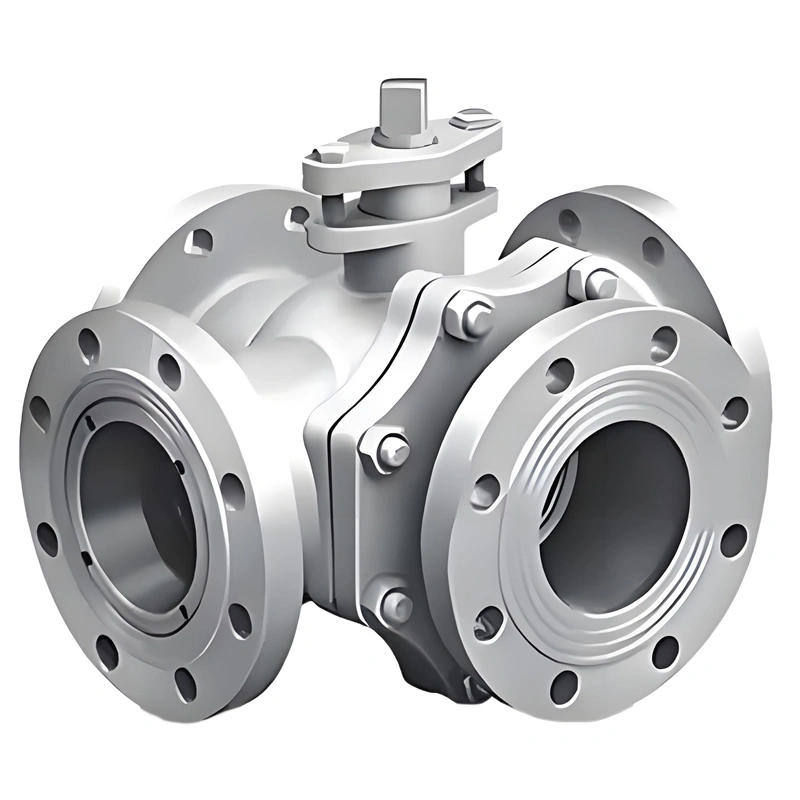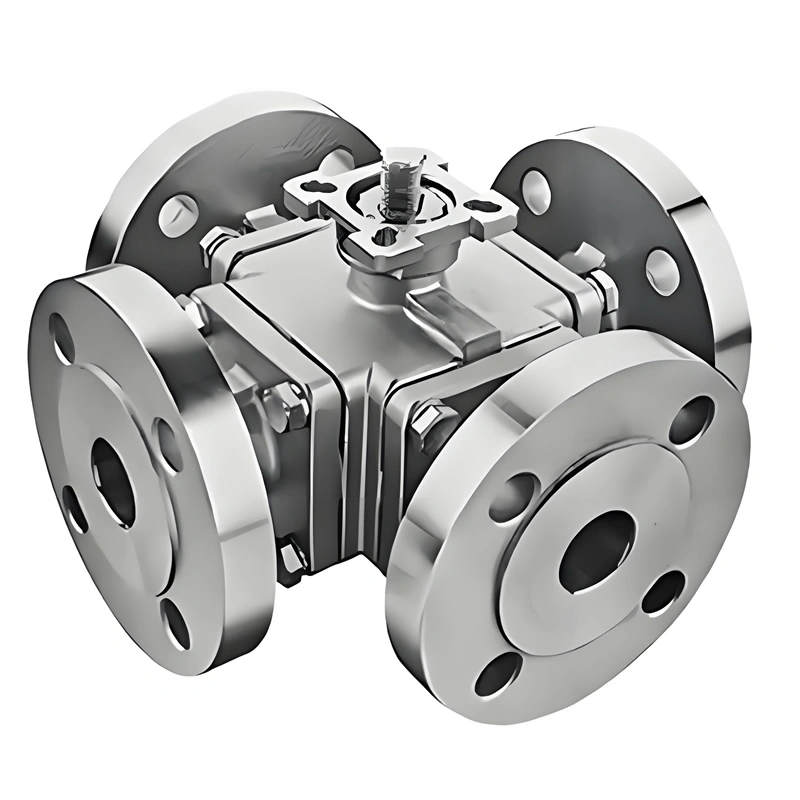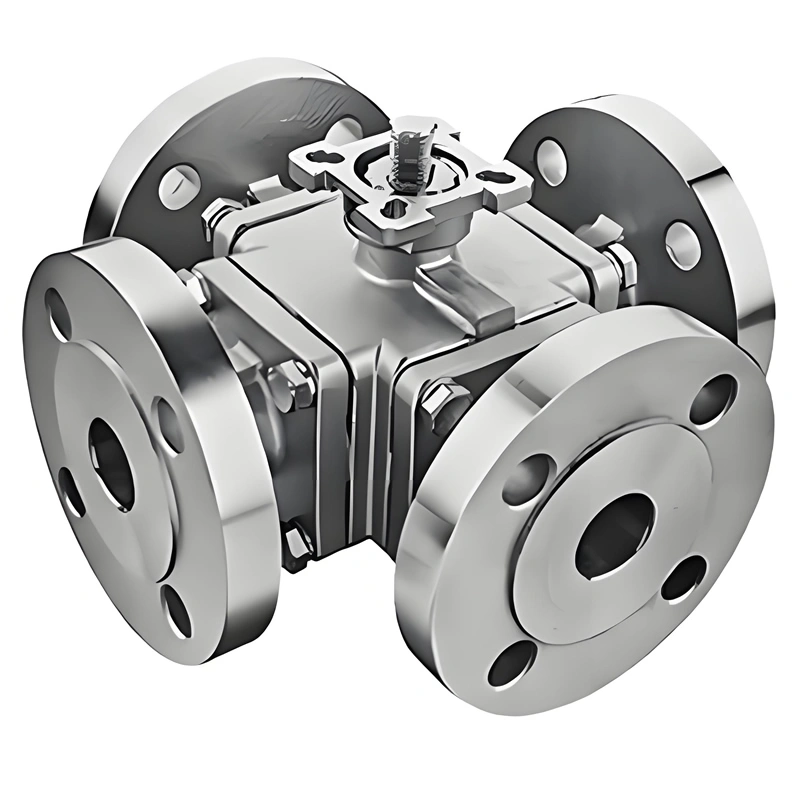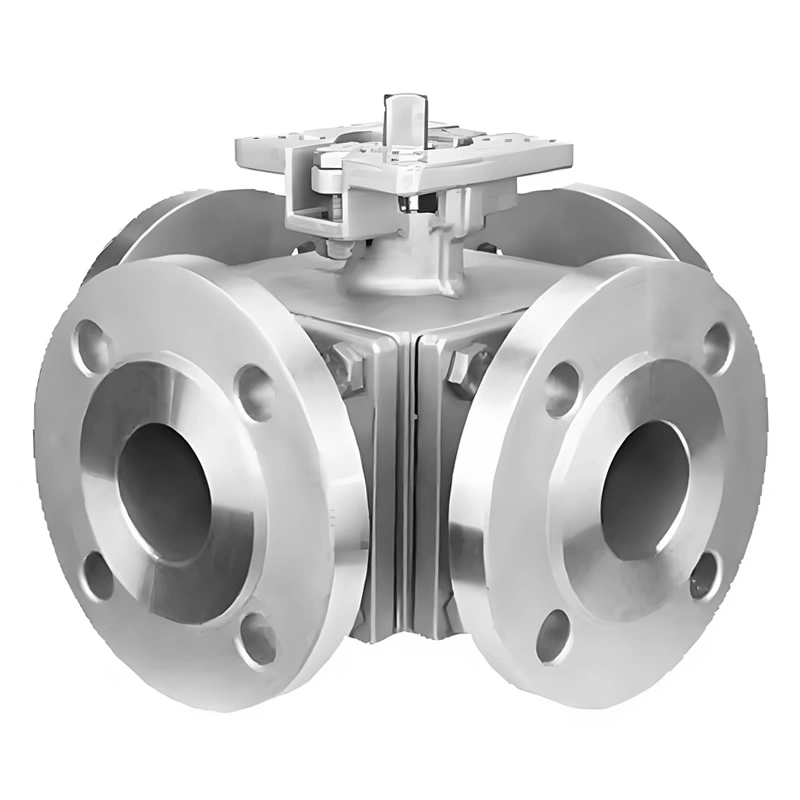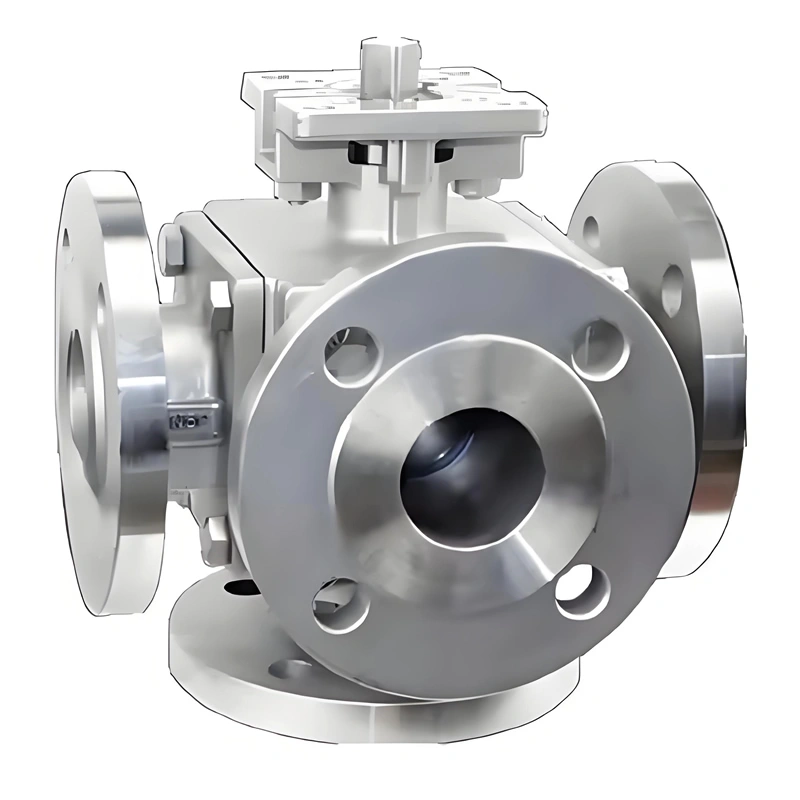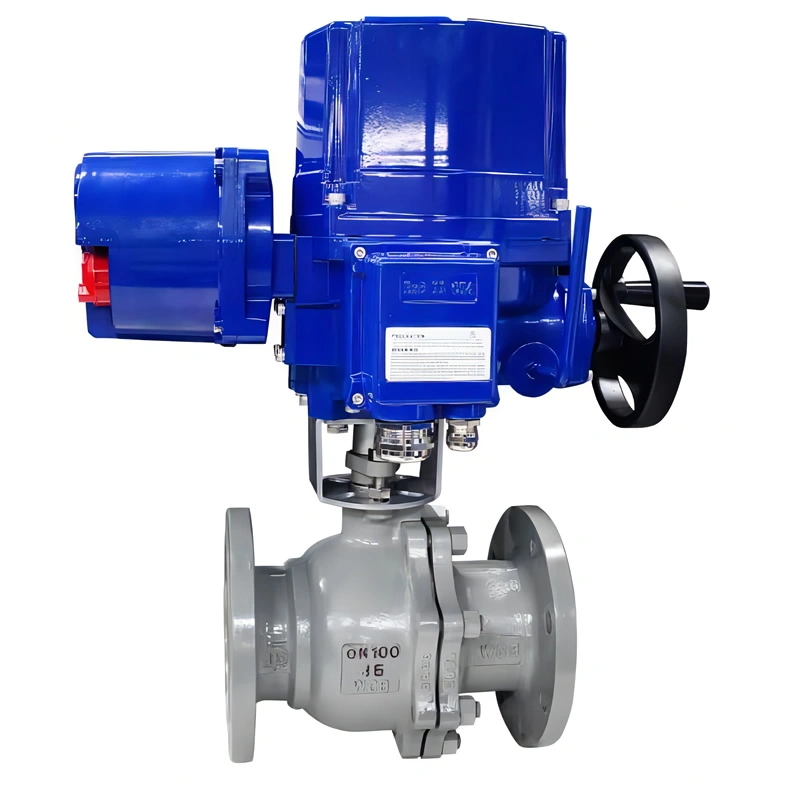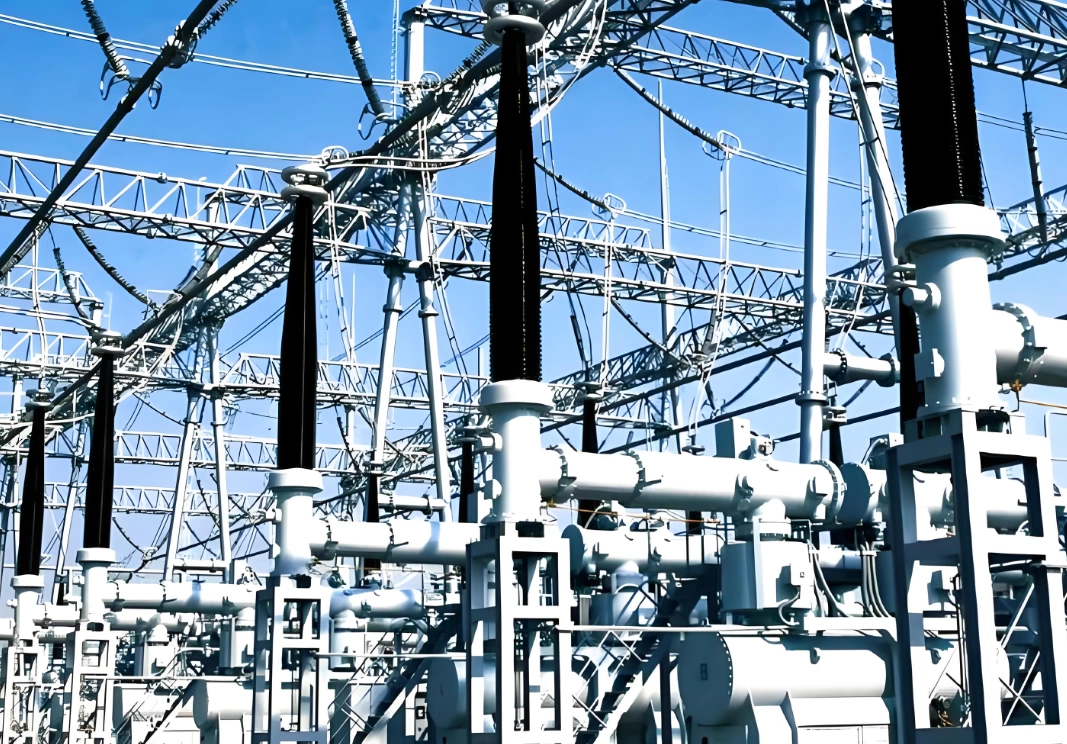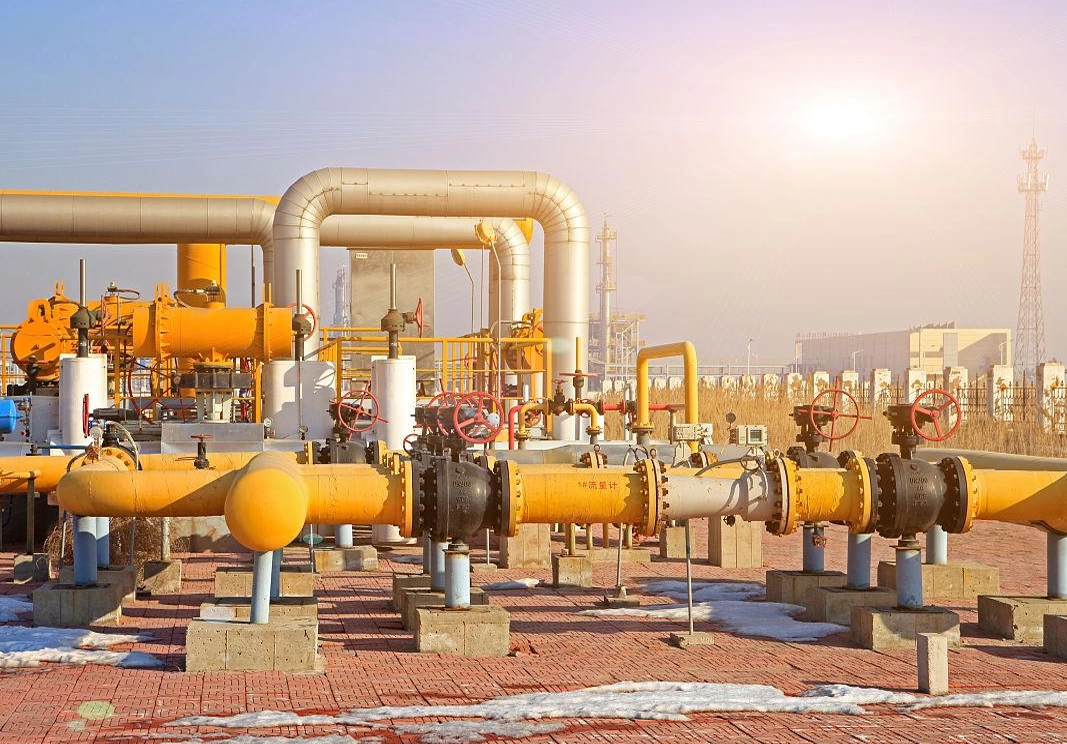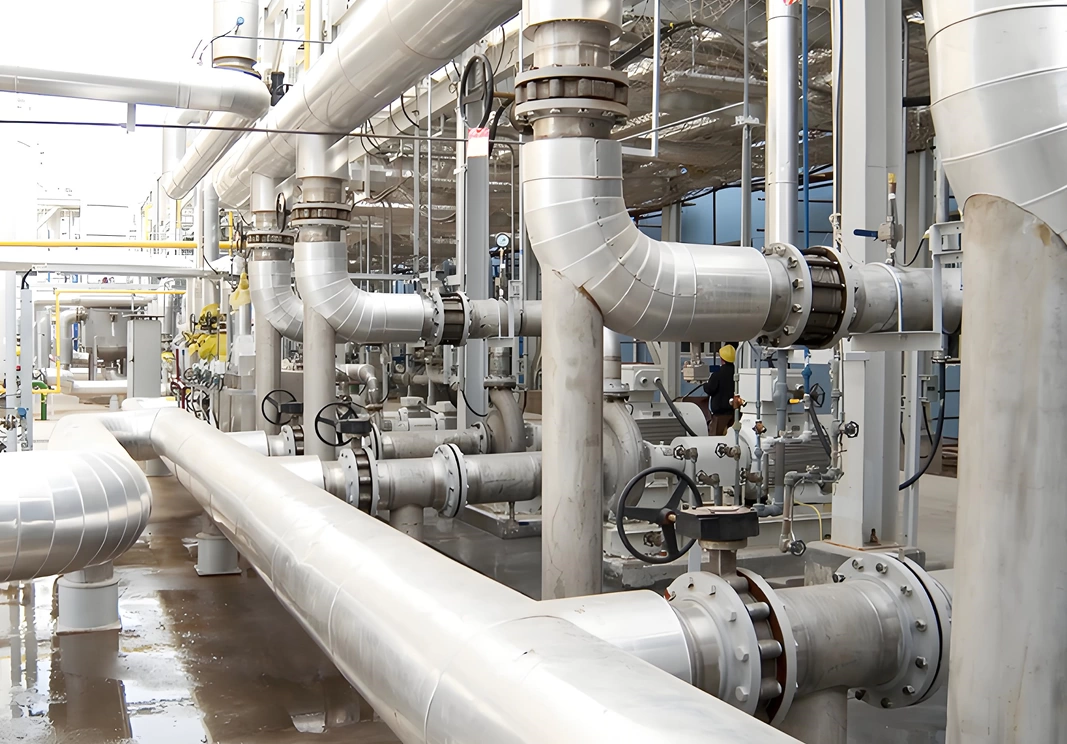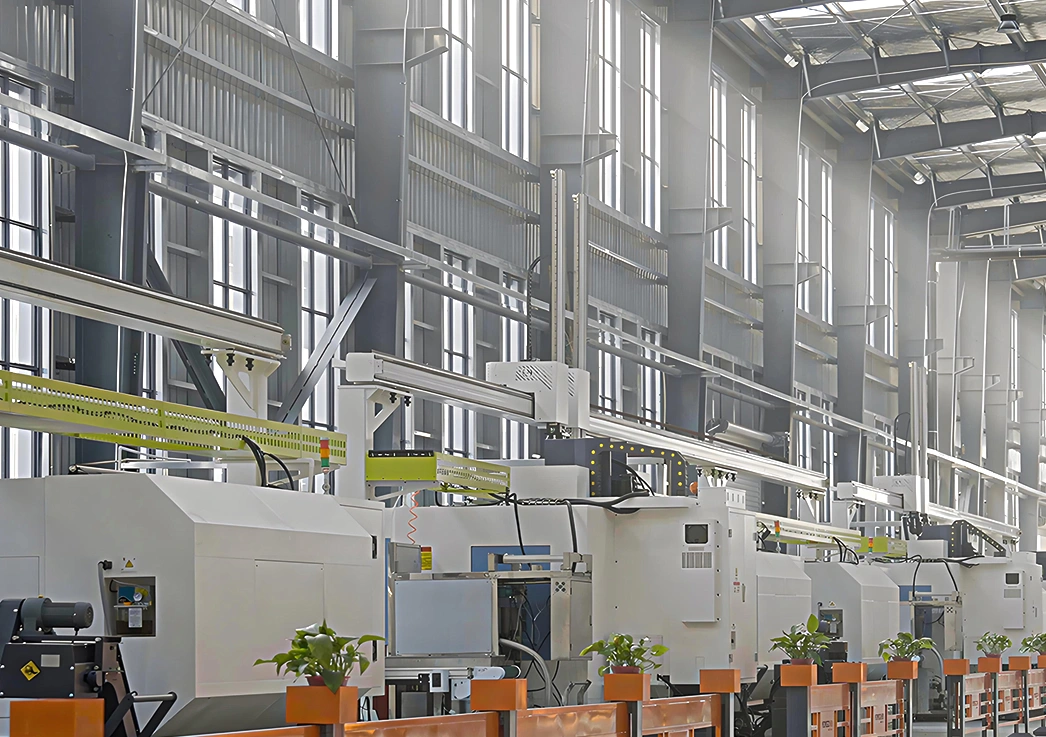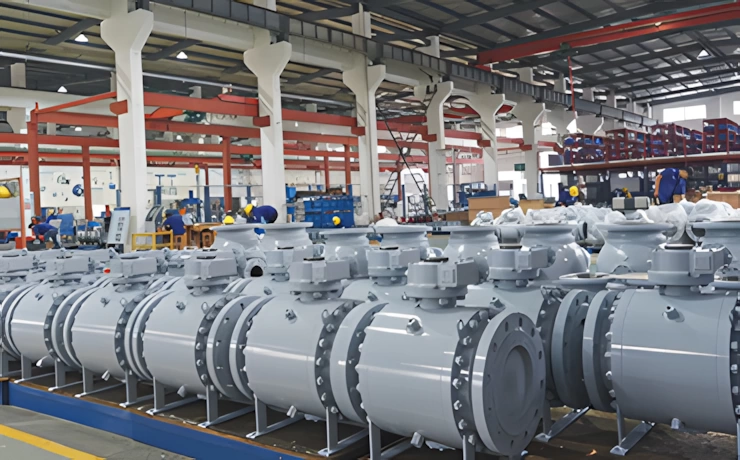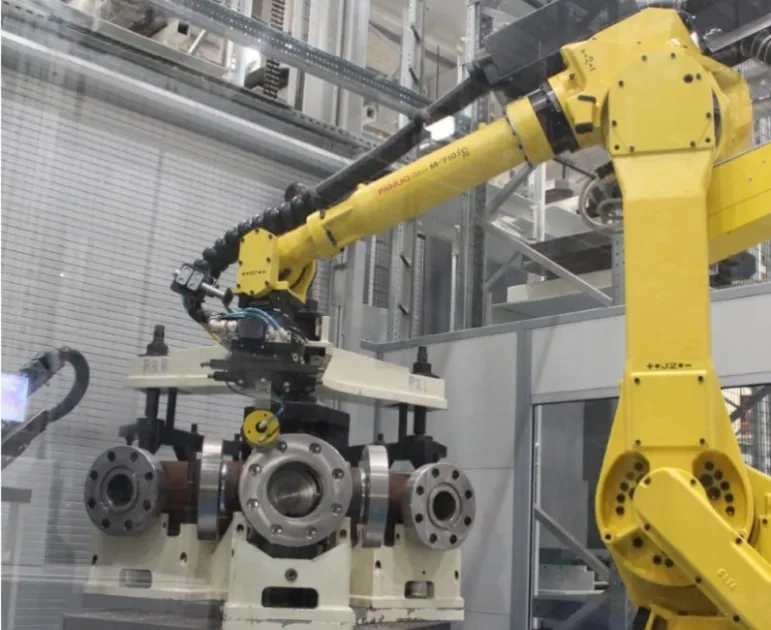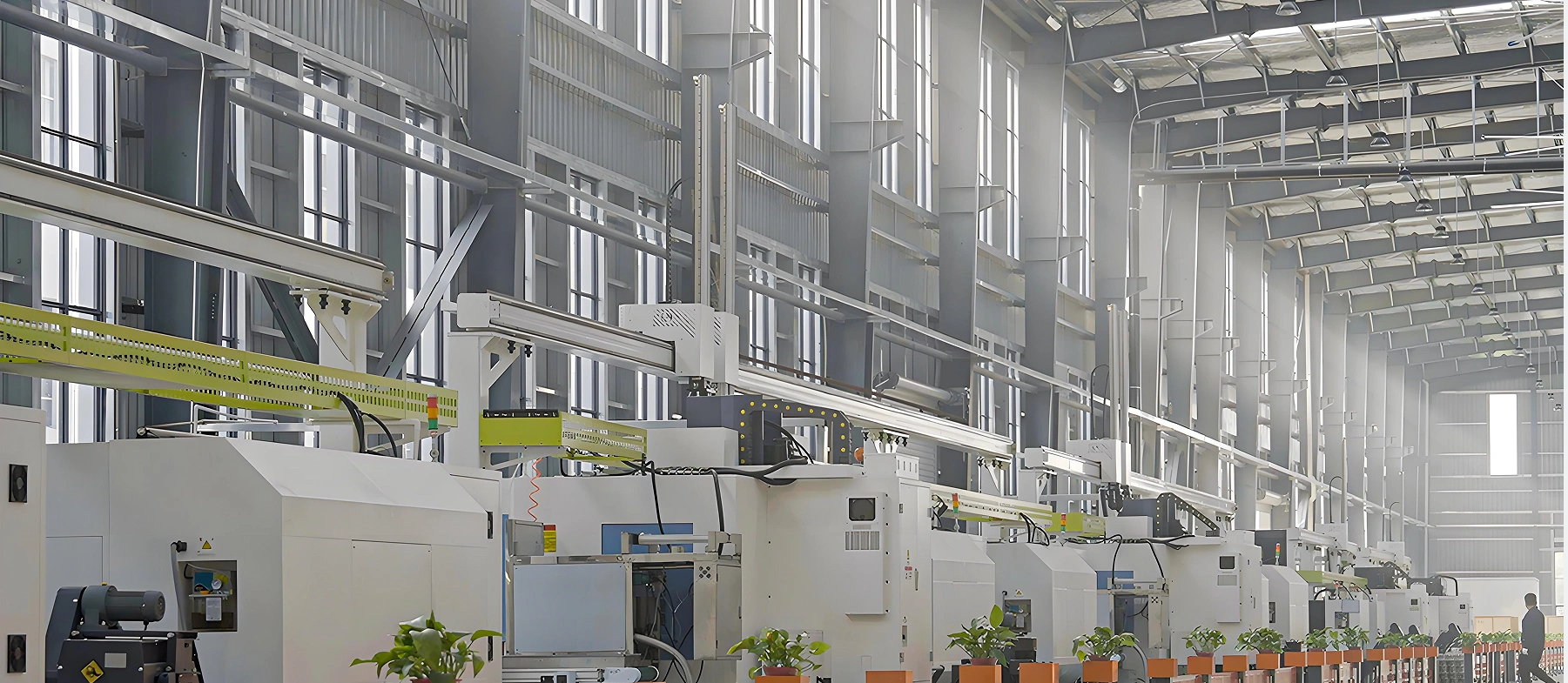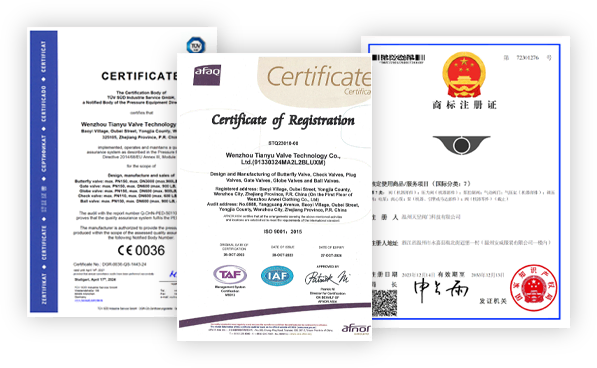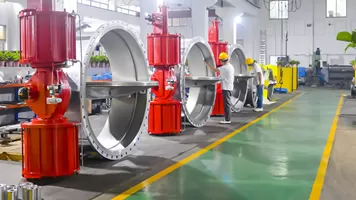The valve’s defining feature is its four-port configuration, which enables multiple flow patterns to suit complex system needs. Unlike 2-way or 3-way valves, it can simultaneously control two independent flow paths (e.g., directing media from A→B while isolating C→D) or redirect flow between all four ports. This versatility eliminates the need for multiple valves in systems requiring frequent reconfiguration—for example, in a chemical mixing plant, it can switch between “tank A to reactor” and “tank B to drain” without disrupting other processes. The cross-shaped internal flow channels are precision-machined to minimize turbulence, ensuring uniform flow distribution and reducing pressure drop across the valve.
Constructed from stainless steel 304 or 316, the valve withstands corrosion from a wide range of media, including water, salts, mild acids, and industrial chemicals. Stainless steel 304 is ideal for general applications like water treatment or food processing, where resistance to rust and hygiene are critical. For harsher environments—such as coastal facilities, chloride-rich water systems, or chemical plants handling alkalis—316 stainless steel (with molybdenum) provides enhanced pitting and crevice corrosion resistance, extending service life in aggressive conditions. The smooth, polished internal surfaces (Ra ≤0.8μm) prevent media buildup, reducing the risk of clogging in systems with particulate-laden fluids.
The manual lever handle allows for direct, intuitive operation, with 90° rotation to switch between flow configurations. This simplicity makes it suitable for systems where flow changes are infrequent or where manual oversight is preferred—such as in small-scale industrial plants or backup lines. The handle is equipped with a position indicator (e.g., “A→B/C→D”) to clearly show the current flow path, reducing operator error. A lockable feature (via padlock) prevents accidental or unauthorized adjustments, critical in safety-critical applications like chemical dosing lines.
The valve uses PTFE seats as standard, a material renowned for chemical inertness, low friction, and flexibility. PTFE conforms to the ball’s surface to create a tight seal, ensuring zero leakage for liquids and gases even under fluctuating pressures. For high-temperature applications (up to 200℃) or abrasive media (e.g., slurries with fine particles), optional metal seats (stellite-coated) provide wear resistance and thermal stability, avoiding degradation that could compromise sealing. The seats are mechanically retained to prevent displacement under high flow velocities, a key feature in high-pressure systems.
Flange connections (ASME B16.5) ensure the valve integrates seamlessly into existing pipelines, with bolted joints distributing pressure evenly across the sealing surface. This design simplifies installation and maintenance—technicians can remove or replace the valve without cutting into the pipeline, reducing downtime in critical systems. The raised face (RF) flange profile enhances gasket contact, minimizing leakage risk in applications with pressure fluctuations, such as water distribution networks or industrial process lines.
- Stainless Steel Sourcing: 304/316 stainless steel billets are sourced from certified suppliers, with chemical composition verified via spectral analysis to ensure compliance with ASTM standards (e.g., 304: 18-20% Cr, 8-10.5% Ni; 316: 16-18% Cr, 10-14% Ni, 2-3% Mo).
- Defect Detection: Billets undergo ultrasonic testing to identify internal flaws (porosity, cracks) that could compromise pressure integrity, ensuring structural reliability in high-pressure applications.
- Body & Ports: The valve body is CNC-machined to create four ports and internal flow channels, with strict tolerances (±0.05mm) to ensure uniform flow distribution. Flange faces are machined to Ra ≤3.2μm, ensuring compatibility with pipeline gaskets.
- 4-Way Ball Fabrication: The ball is CNC-machined from a solid stainless steel block, with cross-shaped or L-shaped flow paths ground to a smooth finish (Ra ≤0.8μm). This precision ensures the ball aligns perfectly with the seats in all positions, critical for bubble-tight sealing.
- Stem & Handle: The stem is precision-ground to fit the body’s packing chamber, with a keyway to connect securely to the ball. The manual handle is cast and machined to fit the stem, with a ergonomic grip for easy operation.
- Seat Installation: PTFE or metal seats are compression-molded to match the ball’s contours, then press-fitted into the body’s seat pockets. Retaining rings secure the seats in place, preventing displacement under flow pressure.
- Packing Assembly: Graphite-impregnated PTFE packing is wrapped around the stem to form a gas-tight seal, compressed by a packing gland to balance leak resistance and smooth handle operation.
- Ball & Stem Integration: The 4-way ball is keyed to the stem, which is then inserted into the body and secured with a yoke. The handle is attached to the stem, with a position indicator calibrated to match flow configurations.
- Hydrostatic Testing: The valve body is pressurized to 1.5×PN16 (2.4MPa) with water for 30 minutes, with no visible leakage or deformation, verifying structural integrity.
- Seat Leak Testing: Under 1.1×PN16 (1.76MPa) pressure (water for liquids, nitrogen for gases), leakage is measured to ensure compliance with ANSI/FCI Class V.
- Operation Testing: The handle is rotated through 90° cycles to confirm smooth operation, with each flow configuration verified for proper port alignment and sealing.


